


‘At its most core form, design is problem solving, and human-centric design places the emphasis on people, and creating online and physical spaces that function for the largest number of people from as many different people as possible,’ explains Berlin Liew, a senior product designer at Xero, co-organiser of ‘Ladies that UX’ in Melbourne, and designer-in-residence at Academy Xi.
The focus on diversity in her industry is what Berlin is passionate about – mostly, because we need more of it.
‘A lot of online spaces are not accessible,’ she says. ‘For example, many websites do not have the option for people to use screen readers.’
Because of this, Berlin believes that it’s important to design for all people, and to be aware of people with specialist needs and those who are outside of the cultural majority.
‘For example, 90% of people will fill out one form on the internet per week, and for many people their names do not fit within the standardised form.’ Some forms will only allow for a person to have one last name, while others assume every person will have a first and a last name, which is not always the case. In these instances, ‘you are forced to retrofit your identity to fit in a digital form’. Though usually innocent mistakes, Berlin stresses that simple design oversights like this can cause real harm to users.
‘You start with the person,’ says Berlin, explaining her approach to human-centred design. ‘You want to involve them in your research, you want to learn from them, get them to test out solutions, and have a say. Your job is to ensure that in that boardroom with all the people talking about profits and [asking] how are you going to make it, you want to make sure you represent the person that is actually going to use the product.’
In short, always remember who your customers are.
‘One of the key ways to do this is by simply watching people go about their day in the space you want to re-design and asking them questions,’ says Berlin. ‘For example, you might have assumed that an aged-care worker would have access to their phones, but perhaps when you watch them, you realise that they often can only access them during their lunch break.’
A lot of research goes into good design. Berlin gives the example of Meld Studios, a service design company that redesigned the State Library of Victoria. ‘The first part of their research was simply sitting in the library and watching how people used the space, where they went, what they used, what they didn’t use and then, when they didn’t understand why people acted in a particularly way, they simply asked them.’
On a personal level, Berlin’s next mission is to bring UX design into primary and secondary schools. ‘We haven’t changed the system in years, it still only suits the user who can sit down and study.’
Many people have children who they know will not do well within the school system. On this, Berlin asks, ‘Why is that statement okay as a society? The school system should work for a greater number of children. It is often not the student’s fault if they do not fit into the traditional school system, it is the system’s fault.’
So, let’s all work to fix the system.
By Flora Harpley Green
Related News

A message from Professor Ken Hinchcliff
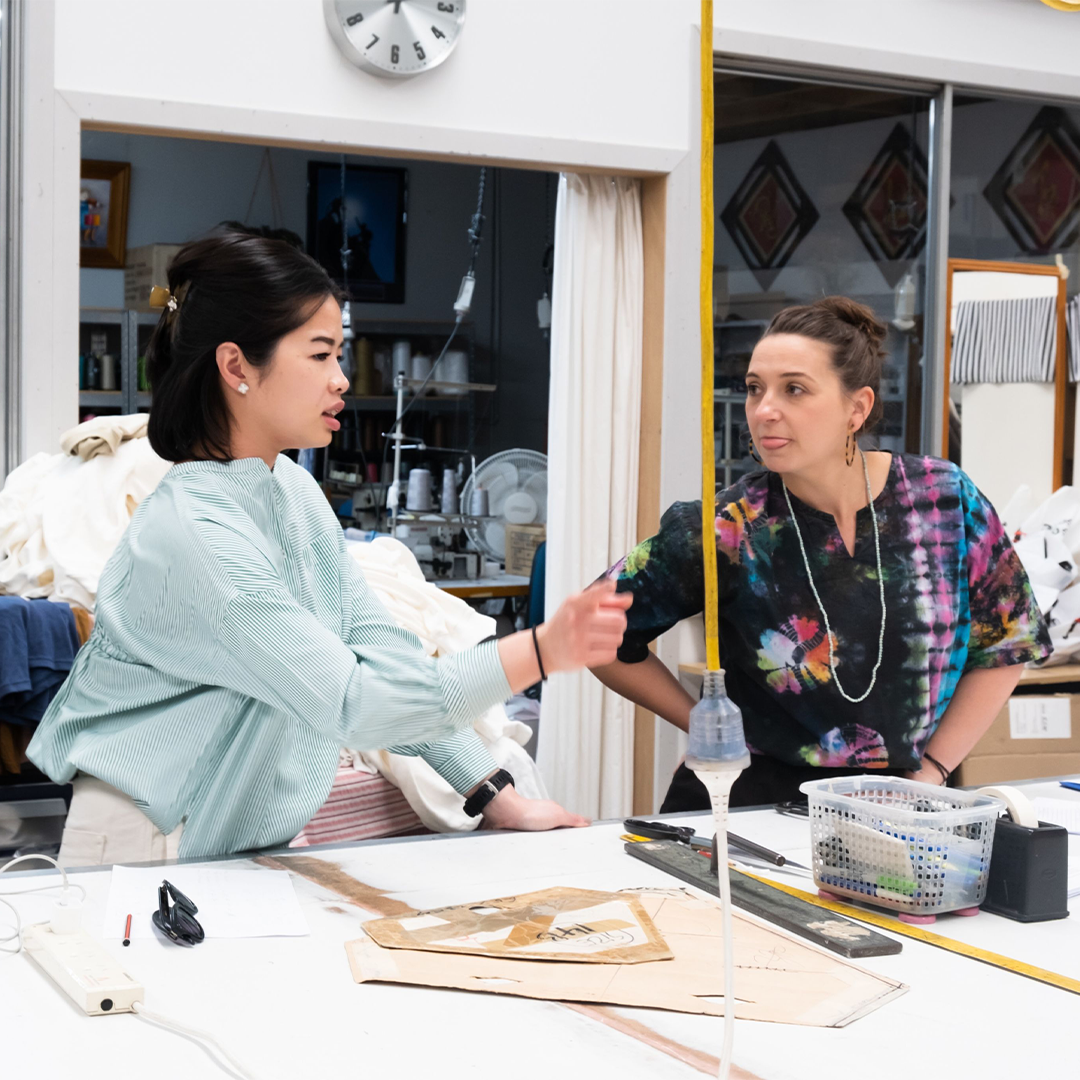
Quality over quantity: the environmental impact of our clothes

From little things: Trinity community members share their successful business strategies

Meet FS teacher Kristin Vestermark

What's it like for an international student in Melbourne?

Meet our TCAC student committee for 2025

Nakata Brophy winner announced
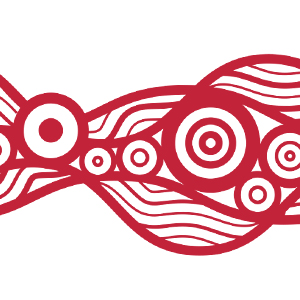
Nakata Brophy shortlist announced

The fascinating story behind our latest exhibition: Tais, culture & resilience

Residential College student Ravin Desai shares his passion for politics and journey at Trinity

Nakata Brophy 'longlist' announced
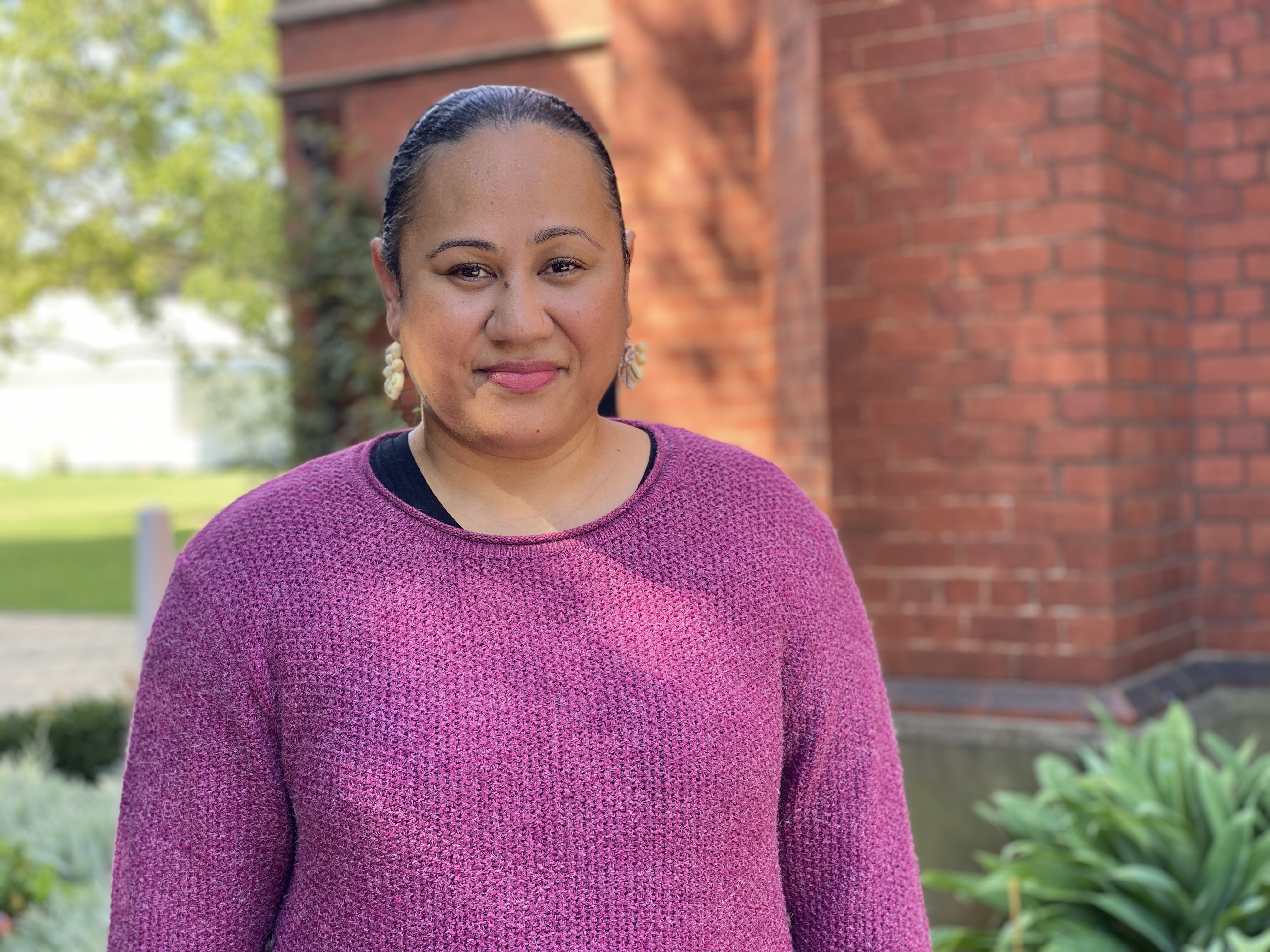
Meet Mariana Waqa, the accidental theological scholar
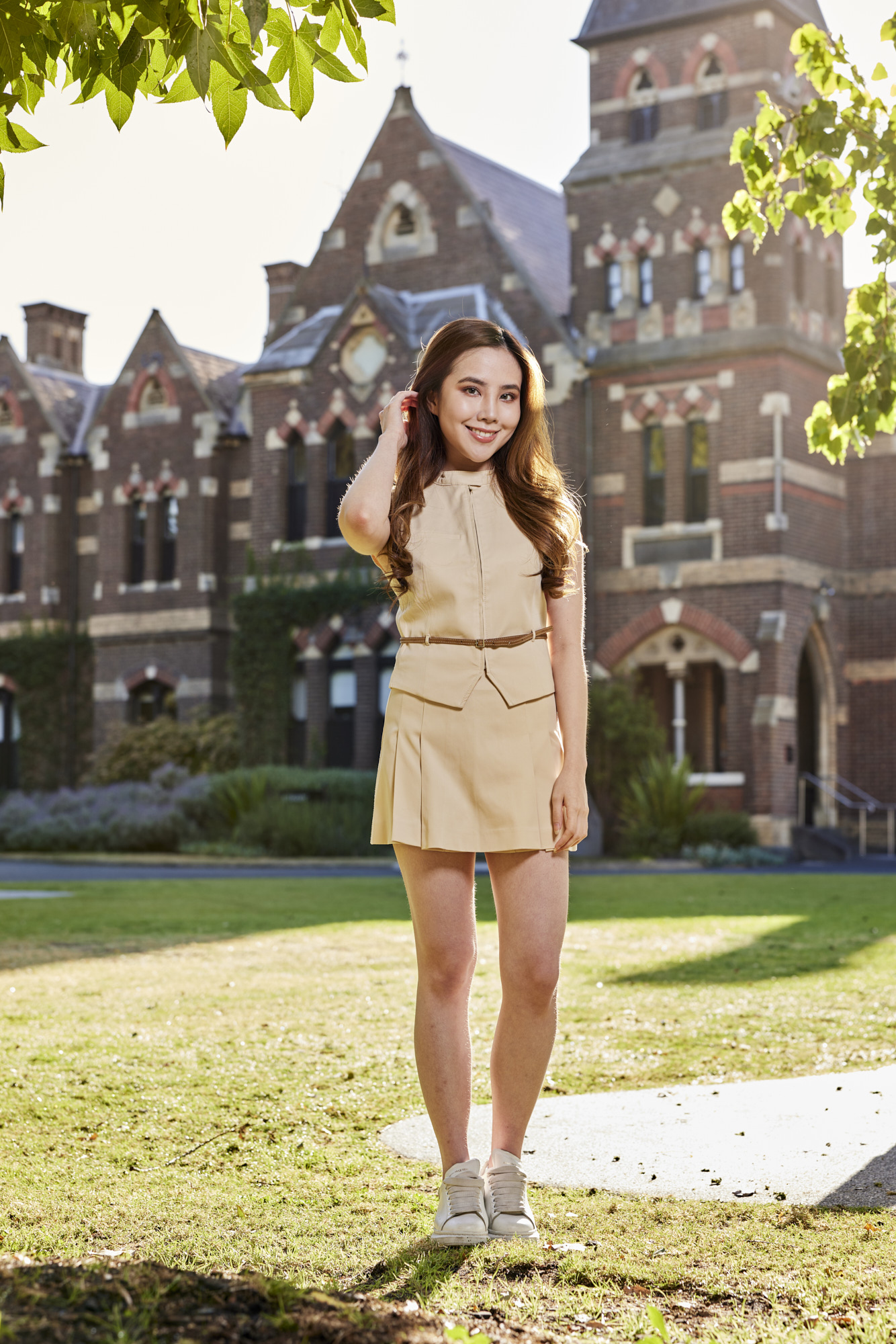
Meet Agatha Chelsea – Indonesian superstar and Trinity College graduate

Learn about the Wellbeing and Inclusivity Committee at Trinity

Meet Michael Dharmawan, a Trinity Foundation Studies dux in 2024

From Albury to Melbourne: Rosie Bradford's story

Foundation Studies alum Rachel Hongxun Zhou

From Foundation Studies to the Residential College to Oxford: Xinran’s story

Meet visiting professors Emeritus Dr Dagmar and Dr Jürgen Eichberger

From the surf coast to Melbourne
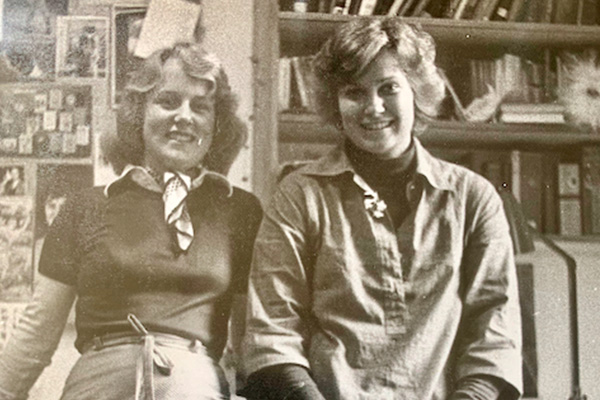
1974 vs 2024 for a woman at Trinity: what’s changed and what’s stayed the same?

Meet past FS student Yuxuan Li

King's Birthday Honours 2024

Meet Trinity's aspiring art curator Seb Moore

Meet Paul Oslington, Trinity alum and Director of the St James’ Institute, Sydney

Meet Nakata Brophy prize winner Jasmin McGaughey

Meet Foundation Studies student Gabriella Sim

Anzac Day 2024 – Trinity stories

Meet Foundation Studies student Hanadi Alabdouli

Meet Foundation Studies student Miguel Valmayor

Guest preacher Chris Mulherin on the intersection of science and religion

Meet visiting professor the Hon Justice Joe Williams
.jpg?width=300&height=300&ext=.jpg)
Visit David Frazer's new exhibition: All that you've loved

Pioneering women and the story of Janet Clarke Hall
.jpg?width=300&height=300&ext=.jpg)
Meet Gemma and Frederik Le Mesurier

A love story for Valentine’s Day: Matt Hargreaves and Kirsten Callander

Announcing our 2024 Alum of the Year

Meet economics teacher Tharushi Nissanka

Meet maths teacher Hao Weng

Charmaine Yee named our 2023 FS Alum of the Year

Meet English lecturer Jake Breaux

Meet English teacher Catherine Roberts

The work of visiting professor Justice Janak De Silva

Moving to Trinity from overseas: Katie's story

Meet visiting professor Ron Paterson
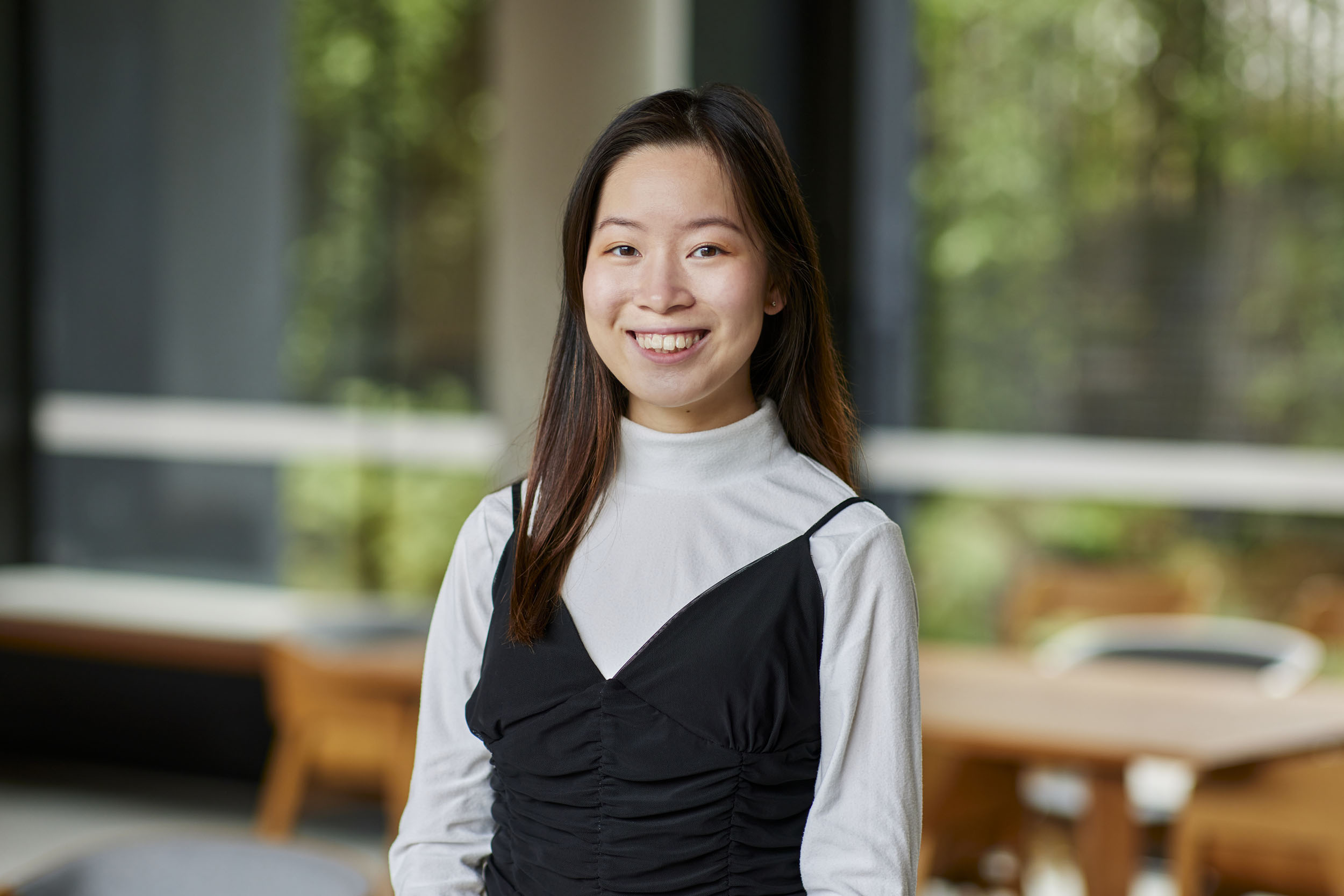
Meet Admissions Coordinator Wendy Ngaturi

Meet Academic Programs Manager Michael Pickering

Kate Beggs’s journey from the Great Ocean Road to the heart of Melbourne city

Pursuing a creative passion: from Trinity to Edinburgh to New York

Meet former Foundation Studies student Valerie To
Celebrating IDAHOBIT
Keep the doors open for the future
Trinity Choir tour Europe showcasing international talent
Communicating a new science story
Trinity's Kitchen team: A well-oiled machine
Precious Rametsana: Improving lives through financial empowerment
Former Trinity Warden appointed Head of St Paul’s College, the University of Sydney
Star Trinity athletes awarded Full Blues
Kay Attali – The ‘bloodhound’ with a big heart
Networking your way to a new path and passion
Catching up with Charmaine Yee
Catching Up with Dr Maureen Vincent
Alumnus Of The Year Award Announced
-
News & Stories
- Our Theological School Student President's mission to champion a spiritual and welcoming environment
- Jack reaps the rewards after taking a leap of faith on Trinity College
- Trinity alum named in King's Birthday Honours 2025
- Trinity Deputy & Academic Dean appointed Fellow at Center of Theological Inquiry
- Meet Trinity's aspiring art curator Seb Moore
- Trinity College offers its congratulations to newly elected Archbishop of Melbourne, the Right Reve
- Events
- Art
- Music & Choir
- Campus Development Projects
- Visiting Scholars & Lectureships
- Accommodation for Visitors
- Short Programs
- Work at Trinity
